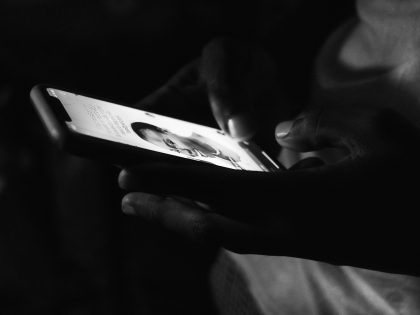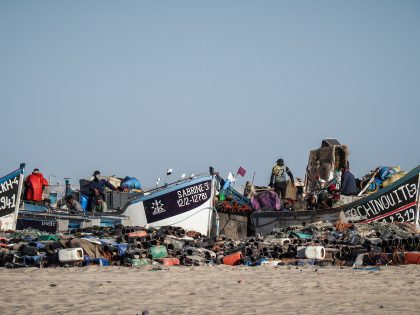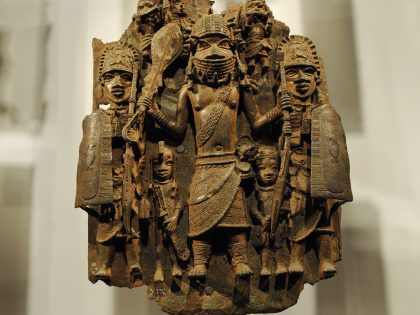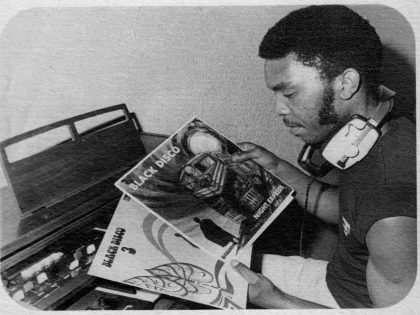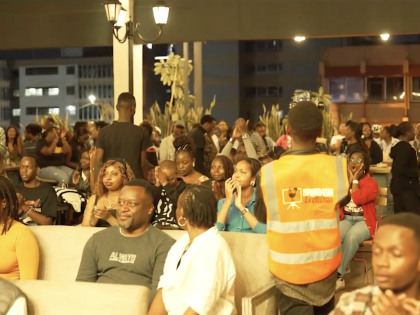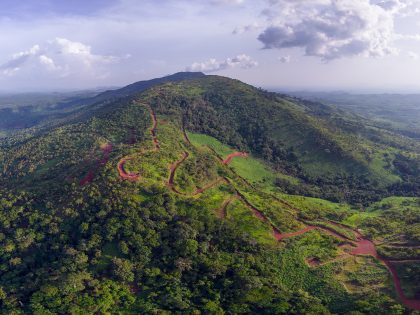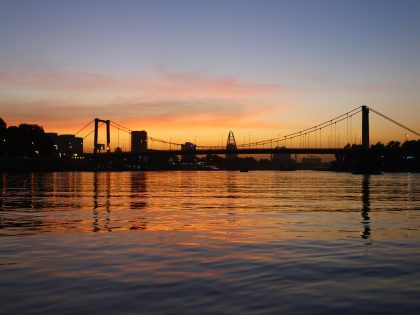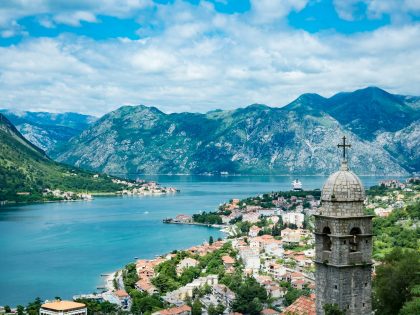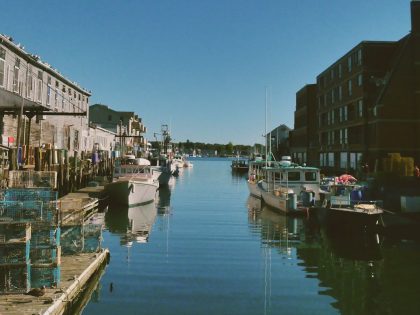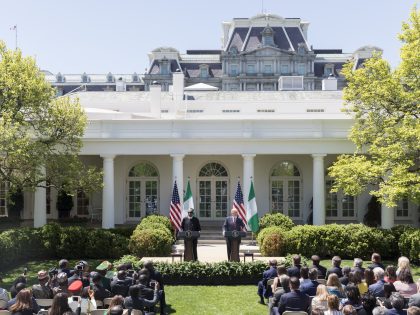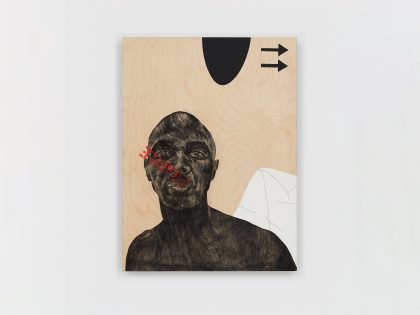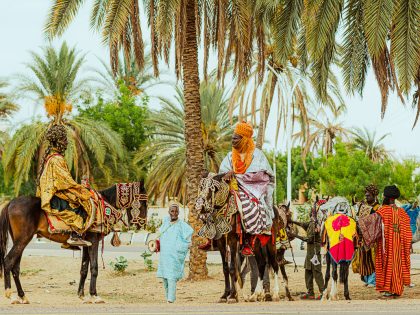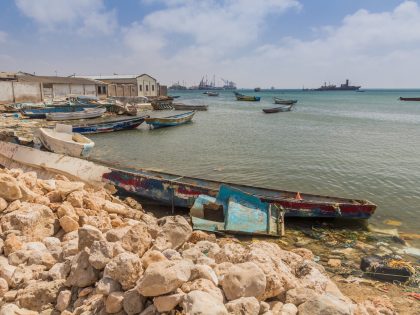On Kwaito and Corporate (American) Hip Hop
In this episode of 'Office Conversations,' a few of us break down the blurred lines between kwaito, an indigenous South African pop genre, and hip hop.

A still from the music video for "Caracara" by K.O.
Welcome to another episode of Africa is a Country “Office Conversations.” This edition we offer up a little arm-chair pop-musicology to help you turn up on a Tuesday afternoon. Participants are Sean Jacobs, Dylan Valley, Boima Tucker, and Ts’eliso Monaheng.
Sean: I like this track…
Dylan: What’s interesting now is how the lines between kwaito and South African hip hop have become blurred. Really liking the hip hop that has more of a kwaito sensibility i.e ‘Caracara’
Sean: Caracara is my favorite track right now. And the remix blending it with Notorious BIG is even better.
Boima: I need to get my hands on that K.O. album! Not for sale outside of South Africa!?… Glad that you said it had a Kwaito sensibility. Helps me think through my defense of the “Americanization” of African Rap…
Perhaps the tempos and production sensibilities of currently zeitgeist-y Southern Rap are more close to the Caribbean than the Jazz and Soul influenced East Coast predecessors? Allows for a more pan-African [Black Atlantic] rhythmic stew in which kwaito, dancehall (that Burna Boy track with AKA is dope!), rap, and reggaeton can all blend.
Like how easy Nigerians are able to jump on a Bay beat (which is very clave oriented).
Ts’eliso: I actually never thought about it like that, but what you’re saying is valid. We were speaking about it the other day with someone; what dudes in South African are doing is to essentially rip off a producer like Mustard’s whole style and layer raps filled with a ton of kwaito references on top of that. Most of what’s coming out now wouldn’t pass as “hip hop” ten years ago.
Boima: And Mustard “ripped off” Bay Area teenagers.
Ts’eliso: Oh shit, didn’t know that story… and so it goes. There’s an interesting one here about how KO and his clique bit off their entire style from dudes in Tembisa (a hood in Joburg). Man, a whole book could be written about inter-scene biting, or whatever it’s called.
And there you have it. Join us next time for another episode of Africa is a Country “Office Conversations.”


